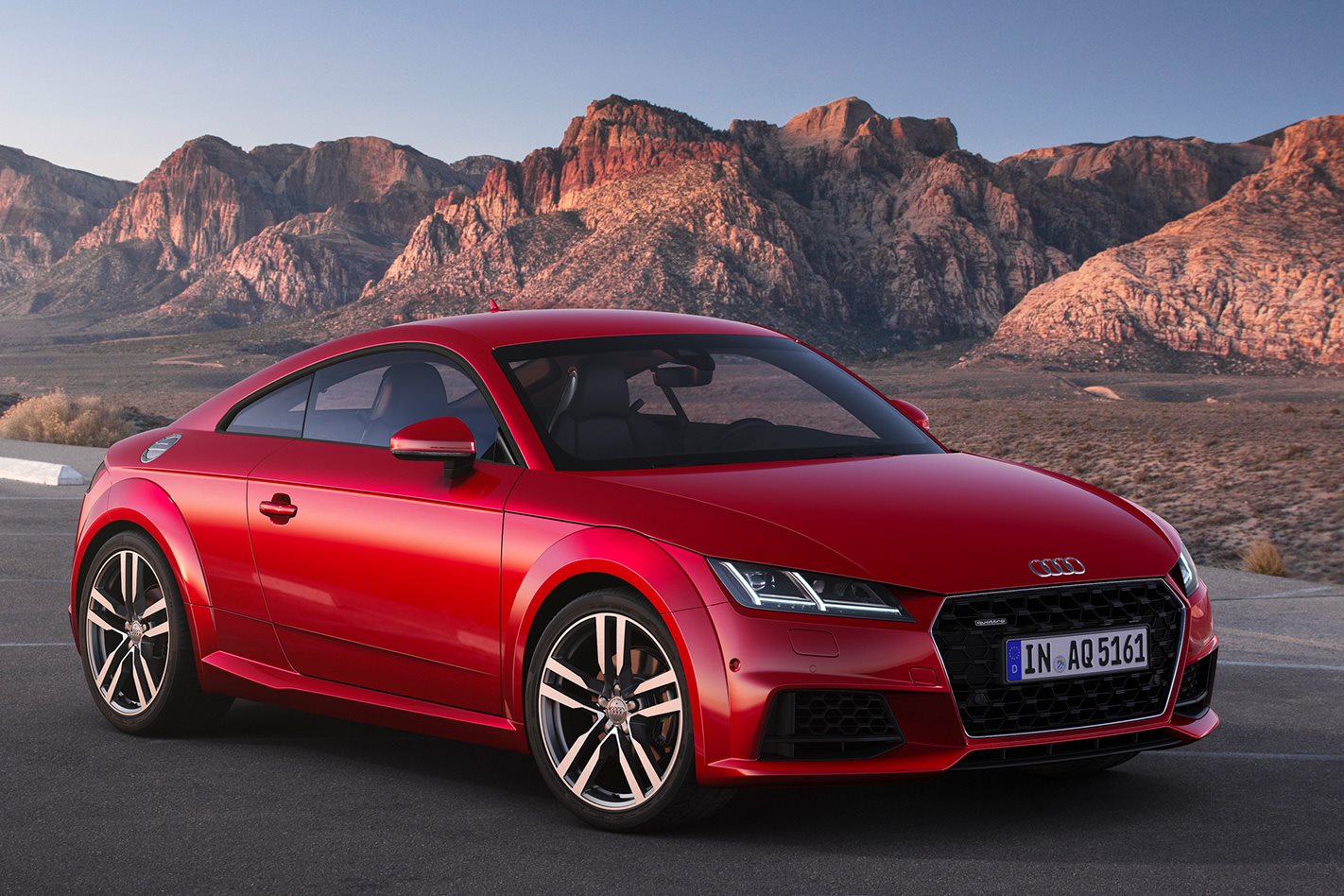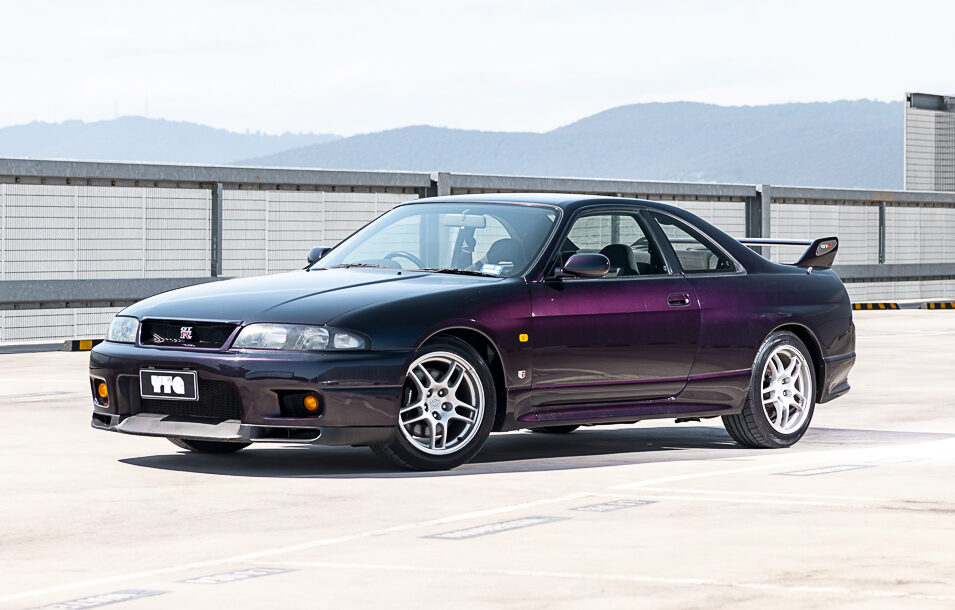WHEN it first appeared in 1998, the Audi TT stood out for all the right reasons.
Its profile, formed by three intersecting arcs, was simple yet elegant, and Audi’s engineers managed to hone the ho-hum Mk4 Volkswagen Golf architecture that laid beneath it into something that felt properly sporting.

That formula has stood the test of time for the TT – Golf-based underpinnings might form the foundations, but Audi tuning combined with attractive sheetmetal and luscious interiors impart a character that’s unique to the four-ringed coupe. Now halfway through its third generation, here’s how Ingolstadt’s sporty two-door has evolved:
First generation: 8N

The first model to wear the TT badge was famous for two things: its groundbreaking styling (penned by none other than Peter Schreyer, Hyundai’s current head of design), and being aerodynamically unstable at high speed.
A bootlip spoiler and stability control tamed the latter, while the former attracted plenty of eyeballs – and projected a handy halo over the rest of Audi’s showroom. Remember, the late 1990s was a time when Audi was the poster child of identikit styling, so the sudden appearance of a fashionable and curvy coupe – followed by a soft-top convertible in 1999 – did wonders for brand recognition.
What’s more, it also bucked the company’s reputation for understeery dynamics, with Audi’s chassis boffins transforming the Mk4 Golf’s underpinnings into something far more neutral and chuckable in its balance. This agility arguably contributed to its widowmaker reputation when driven at high speed, with the only solution being to tie down its rear end with aero add-ons.
A VW-group 1.8-litre five-valve turbo four-pot was the mainstay motor for the first-gen TT, with the most powerful version of that engine developing a healthy 177kW and 320Nm thanks to a bigger turbo, extra intercooler and more boost. Front-wheel drive or a Haldex-based quattro AWD system were available, while a dual-clutch automatic was introduced in 2003. The Golf R32’s 3.2-litre narrow-angle V6 was also transplanted into the nose, generating 184kW and 320Nm and driving all four wheels as standard through a six-speed dual clutch auto.
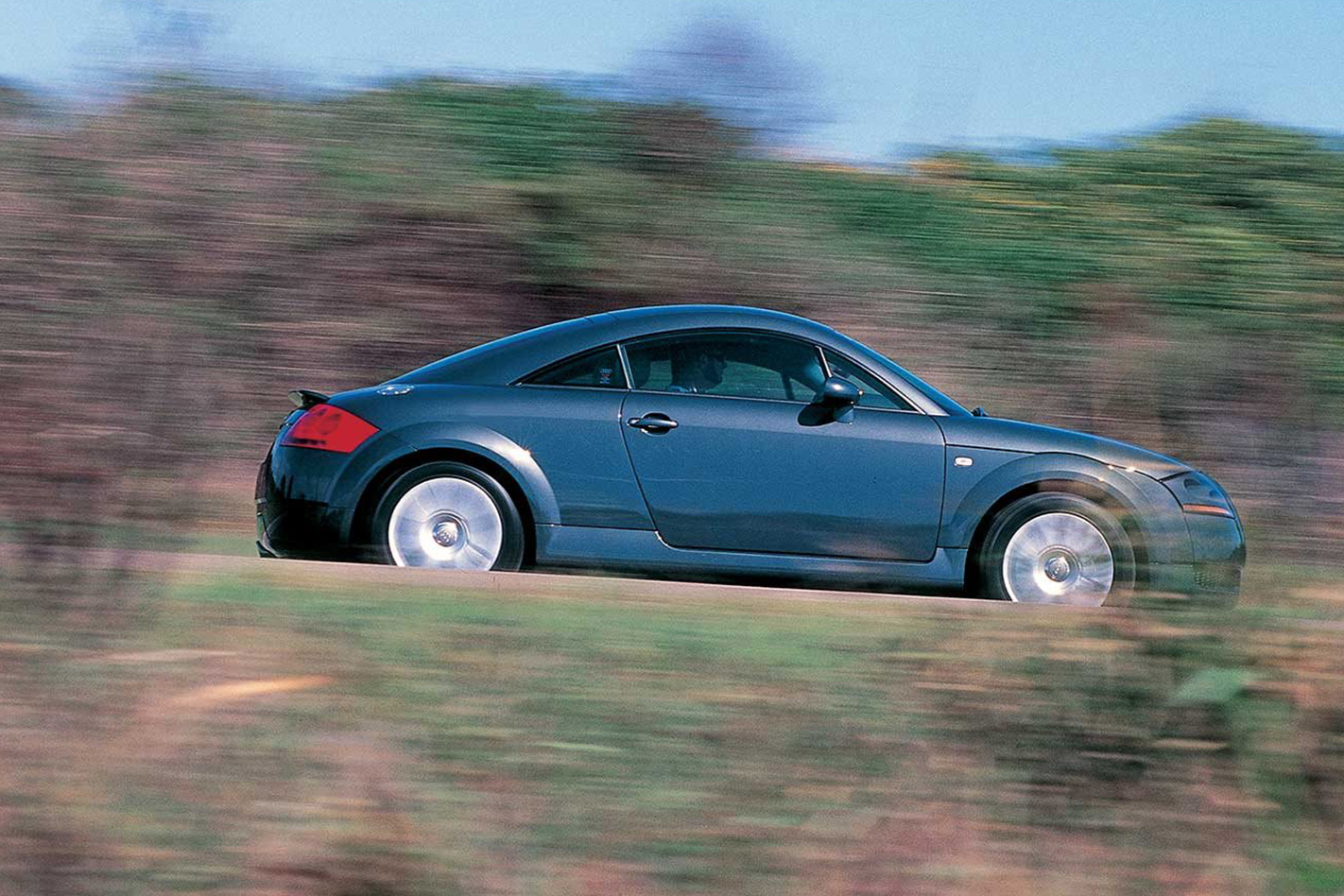
Arriving in Australia in 1999, the TT was initially offered in 1.8-litre form with 132kW and 235Nm as a front-driver, and 165kW/280Nm in AWD form. The former received a five-speed manual and the latter got a six-speed manual – no autos were offered until 2003, while the dual-clutch option was added locally in 2005, the same year the 3.2-litre V6 arrived in Aussie Audi showrooms.
Second generation: 8J
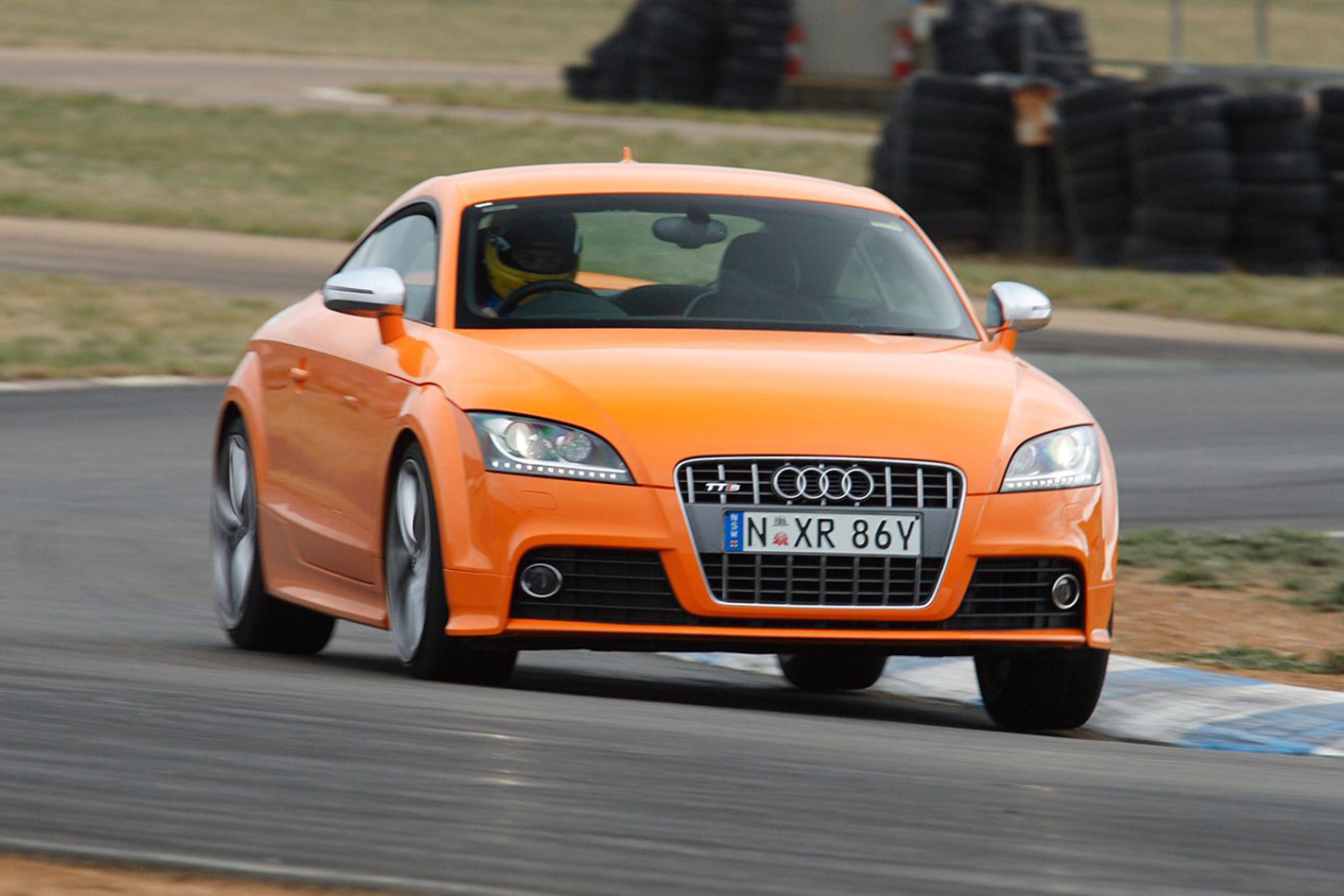
The year 2006 saw the second generation TT break cover, wearing sharper styling that ditched the first-gen’s wide-eyed front end in favour of a more aggressive look. Slimmer headlamps flanked Audi’s now-familiar trapezoidal grille, and with external dimensions that came in longer, wider and a smidge taller than the previous model, the second-generation TT boasted more on-road presence. Traditional TT hallmarks remained, like the aluminium-finish fuel flap and stability-enhancing rear spoiler – though the latter was now electrically operated and popped up automatically as speed increased.
The base engine grew to 2.0 litres, with power swelling to 147kW/280Nm in front-drive manual configuration. However, despite the dimensional growth and additional mod-cons, the second generation achieved weight savings over its predecessor of as much as 90kg thanks to the extensive use of aluminium alloy in its bodyshell. The rear suspension changed from a four-link/trailing arm config to proper multi-link geometry, but as with the first TT the 8J series continued to be available in both 2+2 coupe and two-seater convertible form.
Meanwhile, Audi’s powertrain department got creative. A diesel found its way into the second-gen TT in 2008, paired exclusively with quattro AWD and also available in the convertible bodystyle – all the better to hear that diesel clatter. The diesel did come to our shores in 2009, but mercifully in coupe-only form. It wasn’t popular. The diesel TT exited Australia in 2014, never to return.
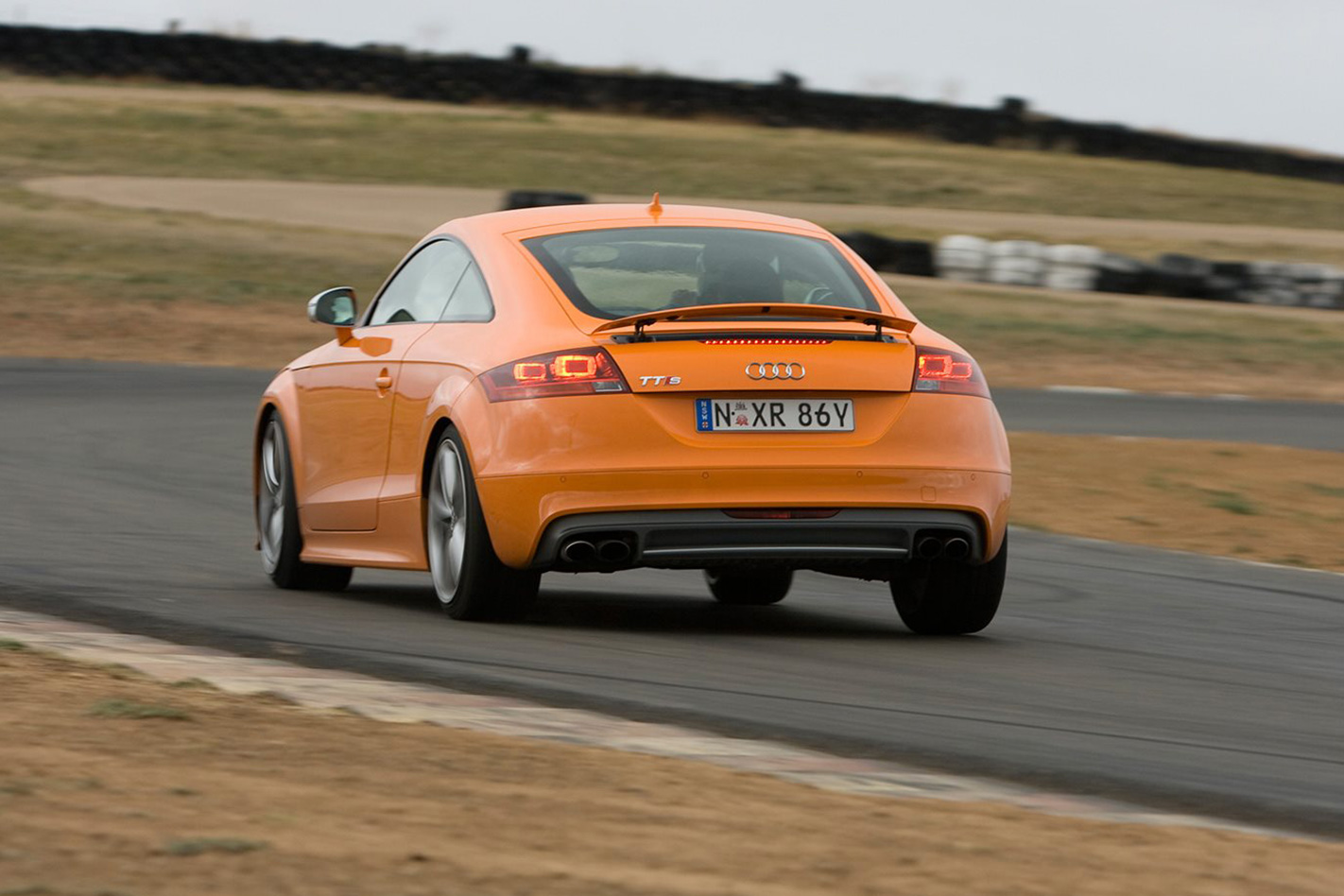
The atmo 3.2-litre VR6 also came to local showrooms in 2006, but of far greater interest was the arrival of a five-cylinder option three years later – the mighty 2.5-litre turbo inline five of the 2009 TT RS. Churning out 250kW and 450Nm and with an exhaust note stolen from the Group B era, it was the perfect rebuttal to armchair experts who derided the TT as a secretary’s car. The RS Plus turned the wick up even higher to 265kW/465Nm, proving the Audi’s coupe was anything but soft.
Third generation: FV
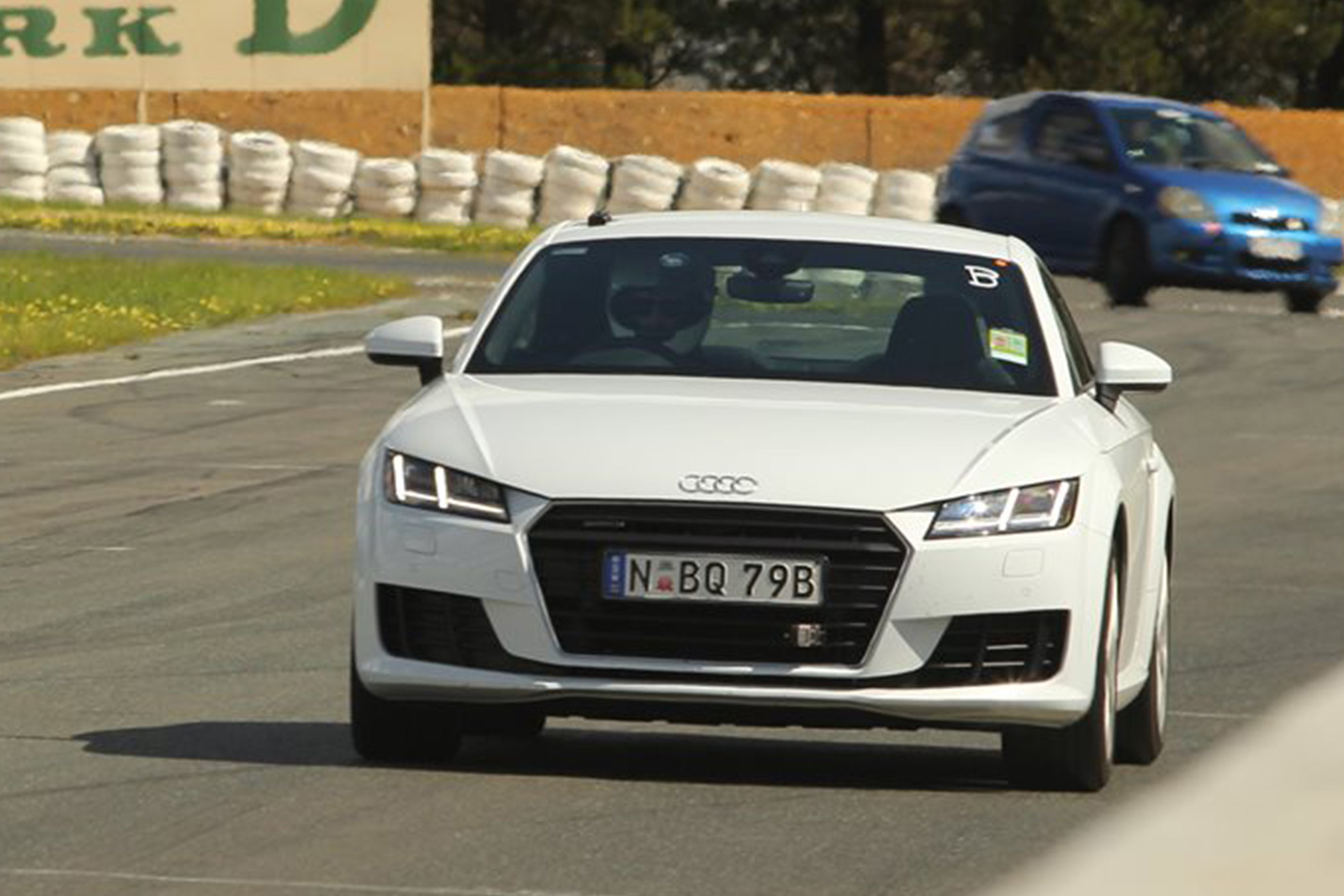
In 2015 the TT underwent another significant step change, and while the exterior styling remained faithful to the TT’s established formula, the sharper creases and squat stance channelled the spirit of that other two-door Audi: the R8 supercar.
But underneath the crisp bodywork lay even greater leaps forward. For one, the Volkswagen Group’s modular MQB platform replaced the PQ architecture of the first and second-gen models, bringing with it a slew of technological upgrades to chassis, engine and electrical tech.
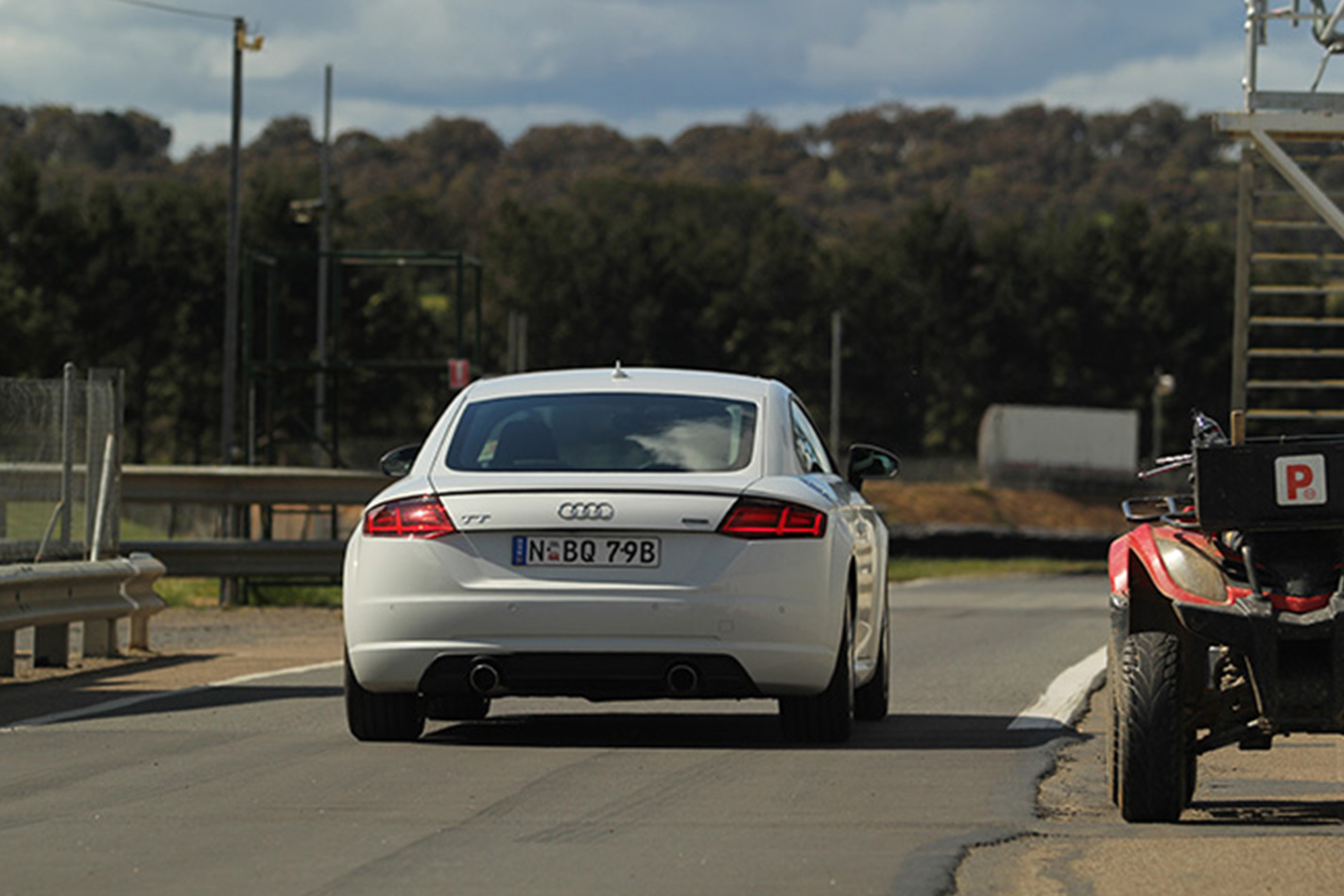
Like the car it replaced, the third-gen TT attached a majority-aluminium ‘top hat’ to the steel MQB floorpan, and though its percentage of alloy content was actually slightly less, the use of high-strength steel in strategic areas along with other weight-saving measures saw weight drop even more. Like-for-like, the third TT was said to cleave as much as 50kg off its frame relative to the second-generation model.
While critics may say the TT is little more than a gussied-up Golf of the same vintage (which, superficially, is somewhat true given the significant platform and engine crossover between them), it’s the difference in mass and how it’s distributed that sets them apart. Oh, not to mention the TT’s wider availability of all-wheel drive.
And then there’s the interior of the FV TT. As the first model to adopt Audi’s all-electronic Virtual Cockpit instrument panel, the third-generation TT boasted an interior that looked like it belonged to a motor show concept, not a production car.
The instrument panel was certainly a standout feature – and also allowed Audi to omit a central infotainment screen, thus cleaning up the dash design – but there were other neat touches too. Note the climate control buttons and dials, neatly inset into the trio of air vents in the centre of the dashboard. Did you tick the box for seat heaters? The buttons for those can be found in the middle of the outboard air vents too.
Clean, minimalist, yet still highly functional, the FV TT’s cabin is one of the best examples of automotive interior design today. Except for the coupe’s rear seats. As with every TT, they remain near-useless for anyone larger than a toddler.

The engine lineup is dominated by a range of 2.0-litre turbo fours, with outputs of 169kW/370Nm for regular TTs, and 210kW for the TT S quattro. At the top of the tree remains the TT RS, the sole recipient of Audi Sport’s revered 2.5-litre inline five, this time with an alloy-blocked architecture and 298kW/480Nm finding its way to all four wheels via a seven-speed dual clutch.
A facelift has been revealed and is just around the corner, but the changes are largely limited to a cosmetic nip-and-tuck and the addition of a particulate filter in Europe. Clearly, Audi reckons the TT’s formula doesn’t require much messing with.

